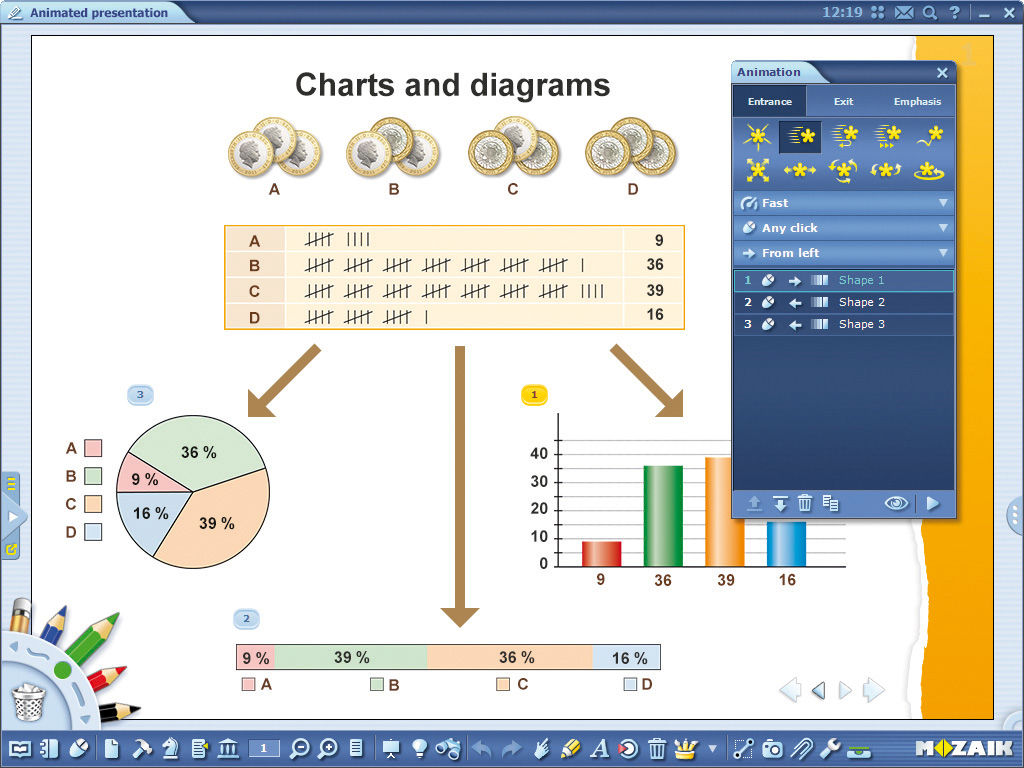Often teachers may find themselves in one of two particular camps. One one side, there are the digital and tech enthusiasts - sometimes fully paperless educators. And on the other side there are teachers who are all about hands-on learning.
There are undeniable benefits on both sides, but I have a question for teachers out there: why not put one foot in each camp?
We haven’t seen anyone outright deny that technology is an important aspect of education for students, in its many different forms. Why? Graduates are increasingly expected to be familiar with various types of tech in their new workplaces. And as more and more countries are adding coding to their curriculum, the building blocks behind the tech is also playing an increased role in school and with employers.
Hands-on activities build motor skills from a young age and work a different part of the brain. Not to mention it’s so much fun to build and create things for yourself, creating a great sense of accomplishment while helping students observe and understand new things.
So what are some common benefits?
When used well in classrooms, both technology and hands-on can encourage independence and exploration. They can both encourage critical thinking skills, too.
The new school year is already well under way and we hope all the teachers and students out there are learning a lot and having a good time! We'd like to give you an update on several new things here at Mozaik Education in recent months.
First of all, our new blog has a fresh design to match our updated website, mozaweb.com. We also have a few new contributors who will be bringing you exciting new content throughout the year. We will focus on tips and tricks for using technology in the classroom, including lesson planning hints and resources, as well as edtech news, and information about products and features that our team is working on.

Our blog isn’t the only thing that’s gotten a makeover - mozaBook 4.5 released a new update back in September. There are a lot of new features that come with the update, including new tools and content available in more languages, but we would like to highlight a few key improvements that we’ve made in order to really streamline teachers’ digital work and interaction with students: classroom management, homework and sharing.
What is the digital textbook market like in your country? Are digital textbooks easy to find in the average classroom?
With the growing use of new technology in classes like interactive displays, tablets, smartphones and interactive projectors, decision makers in many nations have started investing and making digital textbooks available to educators and students. In some countries, textbook publishers are even required by law to provide the digital version for each of their textbooks in order to stay in the market. This is a drastic change - not only for publishing businesses, but also for teachers and students. That’s why it is important to provide solutions that make digital textbooks easy to use and easy to teach with.

Mozaik Education was founded in 1990 as a textbook publishing house and nearly a decade ago Mozaik began developing digital solutions in an effort to offer a new product which would add to the educational value of its printed textbooks. These digital education resources were built to be used alongside traditional teaching methods - not to replace them. The idea behind mozaBook was to create a software which would foster a better classroom dynamic and offer interactive educational content which would provide new insight to students that paper books and still images could not. Mozaik continues to print and license textbooks, but now offers a range of digital solutions for use with textbooks and separately.
mozaBook Exercise books are wonderfully suitable for making classroom presentations and lesson plans. Along with text content we can use our own photos or images from the Internet, the image bank found in textbooks, the built-in drawings, illustrations from the mozaBook Gallery, videos as a material source for presentations. However, we can also insert the mozaLibrary 3D models and the mozaBook tools.

If all this was not enough for raising pupils' interest, the animation is still to come. All the items of an exercise book can be animated. We can choose from entrance and exit effects and other exciting playful schemes. We can set the speed and direction of animations and we are able to adjust the timing of the appearance and disappearance of elements. We can start the popping out of 3D models, videos and tools, and after having finished their use, we can continue with the animated presentation.
Looking for ways to use today's great technology to make a greater impact on your students? We have four hints for using technology successfully in your classroom - no matter which subject you teach.
1. Vary your videos
Think back...way back... to when you were a student. Ah, those were the days! Although as I recall, many of my teachers chose one particular series of videos to show every week. Spanish class, biology, physics: VHS was a popular way to teach. A series can be great in terms of structure, but we humans like variety. If kids are rolling their eyes every time your favorite scientist comes onto the screen, why not mix it up and show some supplementary videos from a new source?
Mix animation and live action videos. Try videos from light-hearted amateur chemists online combined with the more serious, professionally filmed experiments. Better yet, combine videos with an entirely different type of digital resource.
This is for all the statistics freaks out there! The tool we are showing you today, called Probability, was created by one of our developers who is a mathematician from Cambridge University.
The beautiful and practical design of this app make it so that the teacher can always display the charts and the equations behind these charts simultaneously - this really helps students see how the two connect and therefore grasp concepts more swiftly. What’s more, if you change the equation, you can automatically see that change translated into the diagram.


